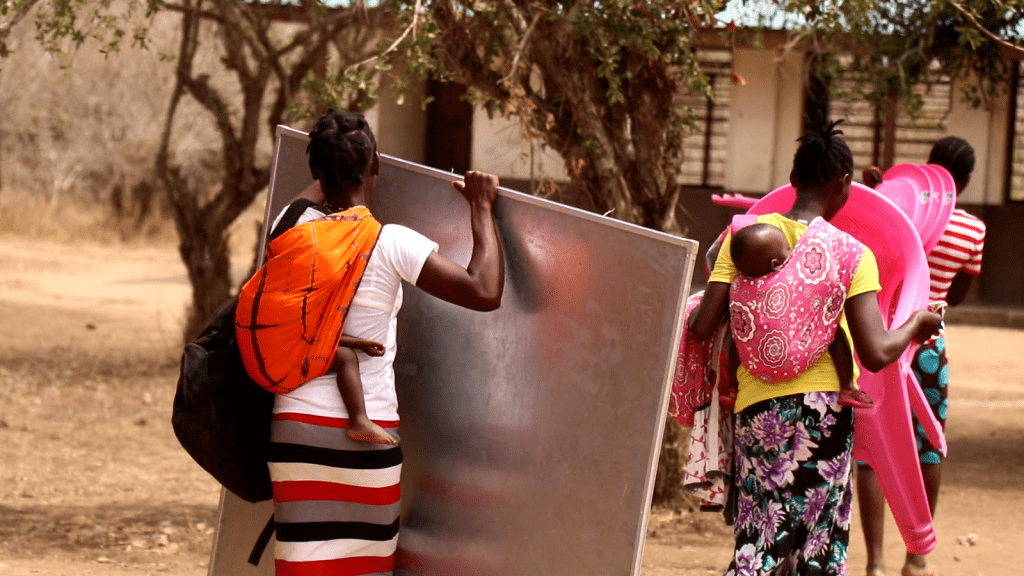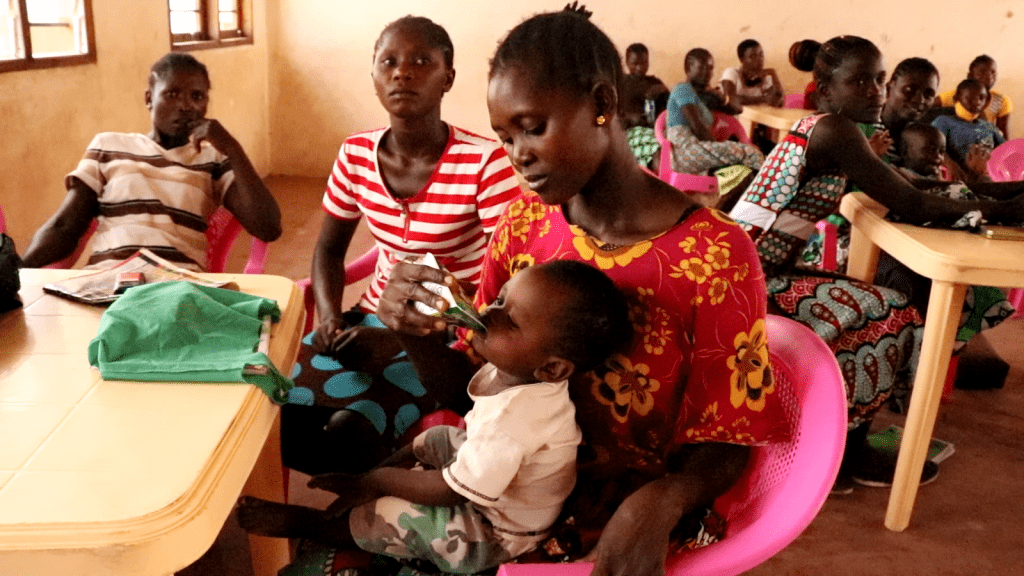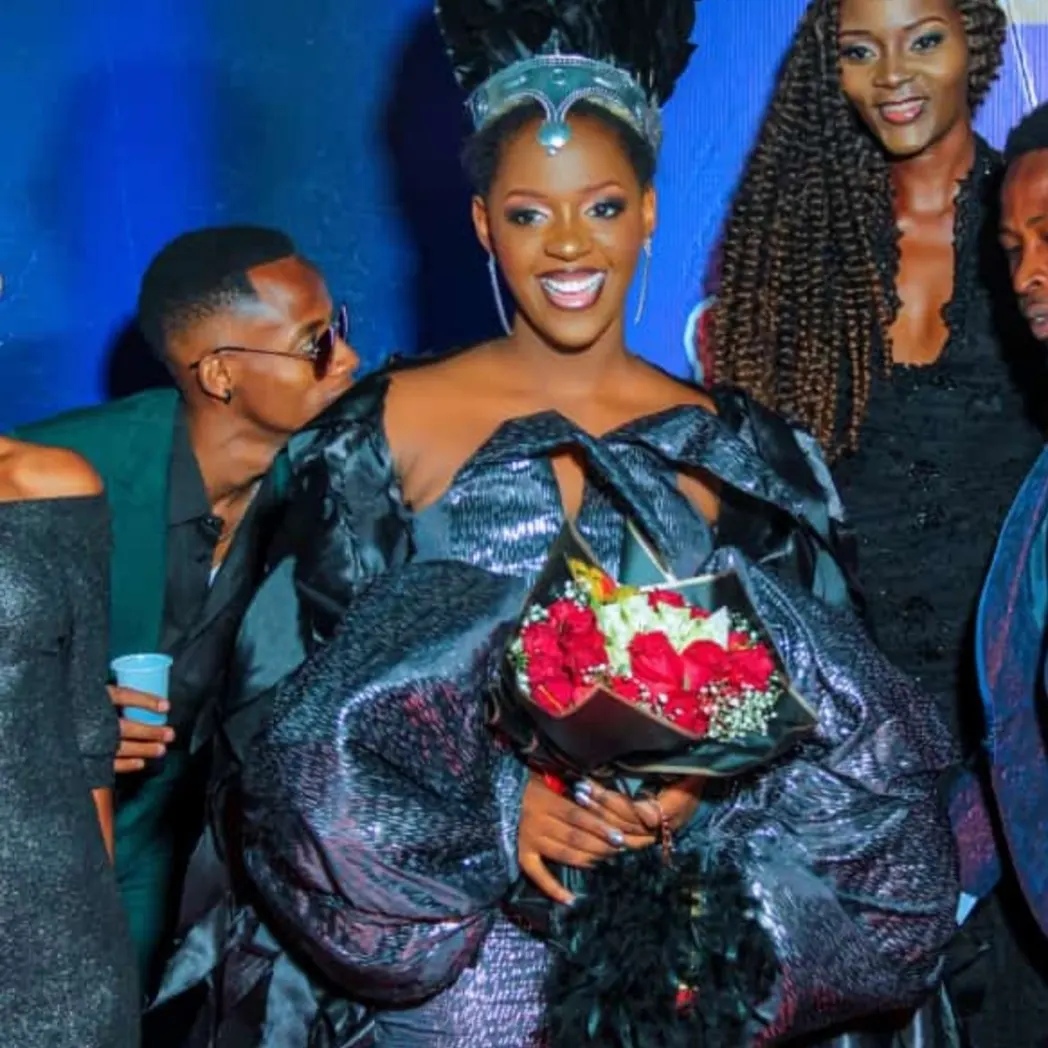
Gone are the days when teen mums used to be shunned and looked at as social pariahs. With comprehensive sex education being turned from a right to a controversial issue by the society at large, some organizations decided to step up and bridge this gap. The narrative has changed and these girls are making something of themselves.
It is evident that once a teenage girl gets pregnant, the probability of her dropping out of school goes up tremendously. Shuttered dreams and hopelessness awaits, an equation that results in poverty. Stories of early teenage pregnancies have hit the Kenyan headlines in the recent past with many wondering what can be done to curb the vice. But what about the thousands of girls that have already fallen victim? Their dreams shuttered as they face discrimination. They suddenly become socially and economically disadvantaged.
Kilifi County, in the Coastal part of Kenya, has an alarming rate of teenage pregnancy that is stubbornly high. While an estimated 18.4% of high school going girls (ages 15-19) across Kenya have begun child bearing, in Kilifi it’s at a high of 21.8%. Between January and May 2020, more than 3000 teenage girls got pregnant, 75 of them aged between 10 and 14 years old. This is according to adolescent pregnancy report at Kilifi County Hospital. A very sad tale!
Education For life
25 km from Malindi lies Garashi, a rural settlement with a soaring rate of poverty. Its social exclusion has exposed the communities there to a range of social issues. With little or no adequate resources, women and girls always get the short end of the stick in these marginalized communities. “There has been a perception that once a girl gives birth or has a baby, then they need to look for a husband and get married. To some extent, they are viewed as worthless and a shame to both their parents and the society. They are associated with all sorts of negativity”, says Lucky Mwaka, project officer from Sauti ya Wanawake Pwani, Garashi chapter. Teenage pregnancies have been reinforced and perpetuated by poverty, sustained cultural and policy biases. When poverty and subjective cultural biases intersect, the girls are more often than not caught in the whirlwind.

Some tribes within the communities here still believe that a girl should get married once she hits puberty. For some, marriage is their way out of poverty or a surety of a descent livelihood. “Poverty in this area is very extreme. There is an incidence that occurred sometime back of a girl who would frequently visit her male neighbor simply because she was assured of getting food. Hunger forced her to request the man, who was a bodaboda rider, to marry her. She was very young, a primary school pupil,” narrated Karisa, the driver who took us to Garashi. With a number of them not attending even the basic school at all, these attributes permeate many aspects of their lives. Majority of these girls are married off at a very tender age. It’s easy to identify a number of teen mums by just walking around.
In order to bridge this gap, Education for life was implemented through a consortium of three organizations. It has made a tremendous and sustainable difference in that area and its environs. ActionAid, a global federation working for a world free from poverty and injustices, together with Voluntary Service Overseas (VSO) and Sauti ya Wanawake Pwani (Swahili for Voice of the Women in the Coastal region), have come together to implement this project. It targets girls from the ages of 10 – 19 who are out of school and with low literacy and numeracy levels under the theme; leave no girl behind. “Leave no girl behind is a program that has been implemented in 12 countries across Asia and Africa, two in Asia and 10 in Africa, with Kenya being one of them. Here we are working in 5 counties, Kilifi, Garissa, Migori, Isiolo and Kisumu”, says Jonathan, the project coordinator from ActionAid.
Catch-Up Centres
“We start by mapping our targeted group of girls through an approach known as community led participatory change plan. It is a participatory development approach. We engage the community by involving them in the mapping processes. We do vulnerability assessment and in the process we equally map where to station our Catch-Up centres”, explains Jonathan. “A Catch-Up centre is like an informal set up of a school. The girls come to get taught in order to acquire numeracy and literacy skills. At the centres, they have education facilitators who teach the girls for a period of 9 months through a designed curriculum that fits their need. After successful completion, the girls are allowed to choose pathways based on their interests. It’s what they would wish to venture in as they strive to become independent and self-sustainable.”

The pathways include; going back to a formal school, joining a Technical and Vocational Education and Training (TVET) institution, entrepreneurship and apprenticeship. This is dictated at the stage where they receive career guidance. Career counselors are deployed to guide them based on their specific abilities and interests. This ensures that once they are done with the nine month program, they are able to transit to any of the four pathways.
Through dry thickets and dusty roads, we get to another centre at Kalongoni. Here we get to meet vibrant and active young girls and mothers. With toddlers on their backs or laps and in a learning session, it is a clear indicator of how eager and committed they are to learn. We notice that there are tomatoes and packaged salt at a designated place within the classroom. We are informed that those belong to two of the girls who sell them around once they are done with their lessons. How brilliant is that, entrepreneurship in practice even before completion of their program. “I come to the Catch-Up centre so that I can learn how to read and write. My desire is that when I leave this place I get a good job so that I can be able to provide the best care for my baby” says Salama, one of the girls at the centre.
An Exceptional Project
The teen mothers are allowed to come to the centres with their babies. Child minders have been employed to take care of them while their mothers are being taught. Additionally, packets of milk are provided to sooth the babies in order to ensure a comfortable and ample environment. This is something that Lucky Mwaka finds very unique. “Many projects normally target school going girls and those who are advancing, but this is a very unique one. It allows a girl to come to the centre to gain the necessary skills and not have to worry about whom they’ll leave the baby with at home”, s he explained.

Teenage pregnancy is a menace. Having such wonderful programs in place that focus on shaping the futures of the victims is something to be applauded. A project that is determined to ensure that young girls are now equipped with relevant skills for employment and entrepreneurship. Girls presumed to not have a meaningful future, are now full of confidence, belief and self-esteem. They can now live their lives differently from what previously looked impossible. It is our fundamental responsibility to create a space that allows such programs to run. We can do so by identifying and addressing the negative cultural norms and behaviors that ultimately hold back progress for all. Remember it is education for life; don’t leave any girl behind!

Leave a Reply